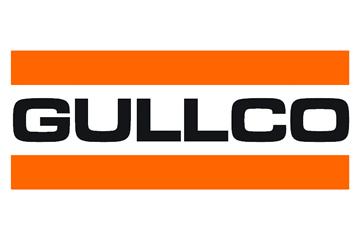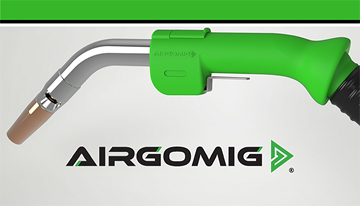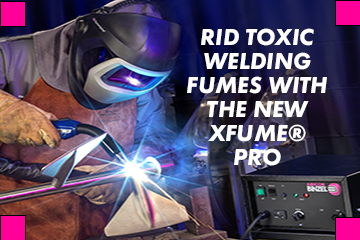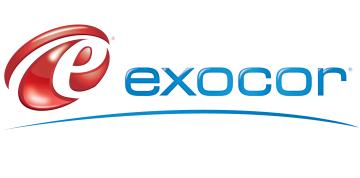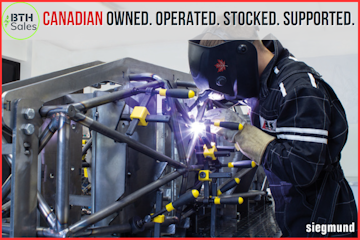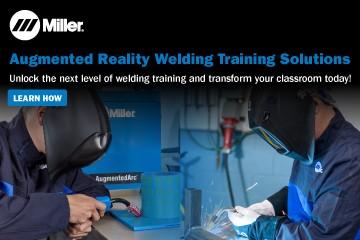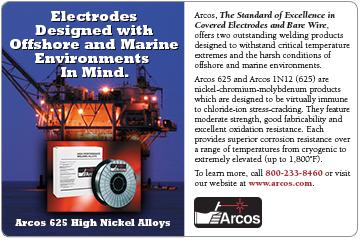Membership
Connecting. Educating. Advocating.
Support the sustained success of the Canadian welding industry through innovative programs.
About the CWB Association
The CWB Association is a not-for-profit division of the CWB Group. The CWB Association was formed as a national member-driven association, mandated to promoting and supporting the welding and joining industry in Canada.
Become a Member
There is no better time to be a member! The CWB Association membership is new, improved and focused on you. We offer a FREE membership with a full suite of benefits to anyone interested in joining an association that is passionate about welding. Build your career, stay informed, and support the Canadian welding industry.
Why become a CWB Association Member?
Are you looking to take advantage of everything we have to offer? CWB Association members get FREE access to valuable welding-related content, industry information, networking, and career advancement advice.
Joining the association is simple to do.
Simply edit your MyCWB profile and click the "I wish to be a member of the CWB Association" checkbox - and you're done!
Join our community
Chapters
The CWB Association has a thriving Chapter membership throughout Canada. Each Chapter is autonomous and supported by volunteer members who are professionals in the welding and joining industry.
Chapters host regular meetings and information sessions as well as support projects in their regions. For more information about events or about getting involved in a local chapter, click on one of the links below or contact the CWB Association head office.
